I traveled to Japan with an awesome group of Rockville High School students in June of 2005. This wonderful trip included historical and religious monuments, great food, and both urban and rural scenery. It started in Osaka and made its way via Kyoto and Mt. Fuji to Tokyo. I returned to Japan, traveling to Nagasaki in 2006. In 2018, I did a cruise around Honshu and down to Ishigaki, near Taiwan. Japan is a wonderful place to travel and I look forward to my next trip.
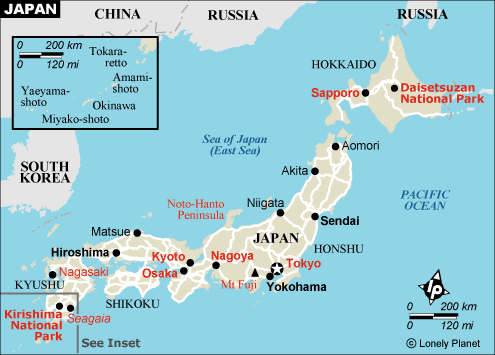 |
The human
presence in Japan dates back to about 17,000 years. Buddhism was introduced around
700CE, during the Asuka Period, and this started a high cultural age inspired
by Chinese culture. The Kamakura Period, in 1185CE, started with a conflict
between warring clans and ended with the rise of the Minamoto Clan, the Shogunate,
and the Samurai class. During this period, the Mongols tried unsuccessfully to annex
the archipelago twice, once in 1274 and again in 1281. The Muromachi Period,
starting in 1333, was a period of significant civil conflict and the
introduction of European culture through trade and missionary activities. The
end of this period witnessed the rise of the Tokugawa Shogunate, the persecution
of Christians, and the isolation of Japan. The nearly 300 years of peace
following was known as the Edo period. In 1853, American Commodore Matthew Perry
arrived in Edo harbor with a fleet of American War Ships. Japan opened itself
up to trade at that moment, but the Meiji Emperor refused to allow Japan to end
up partitioned like China, so he began an aggressive modernization of the
country which ended the Shogun and Samurai period, but also helped Japan become
an imperial power in Asia through victory in a series of wars with China and
Russia. Japan allied with the Allies in WWI, but became aggressive with China
and other neighbors during the Great Depression. By 1941, Japan was a world
power and decided to test its power in a war with the United States. The war
led to defeat for Japan and a modernization and democratization period that
continues today. |
 Flag of Japan
|
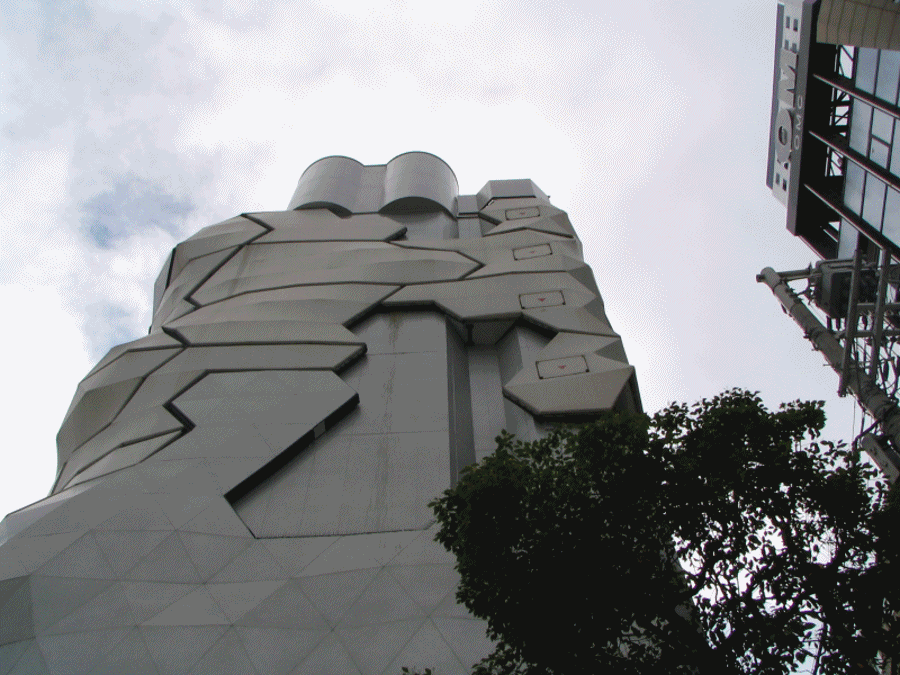
Osaka 2005
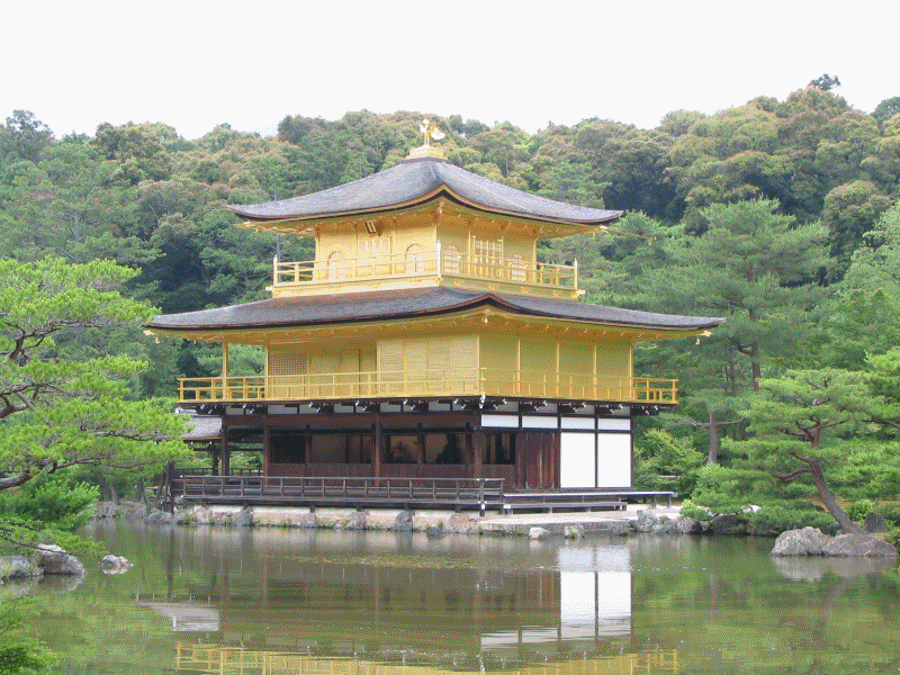
Kyoto 2005
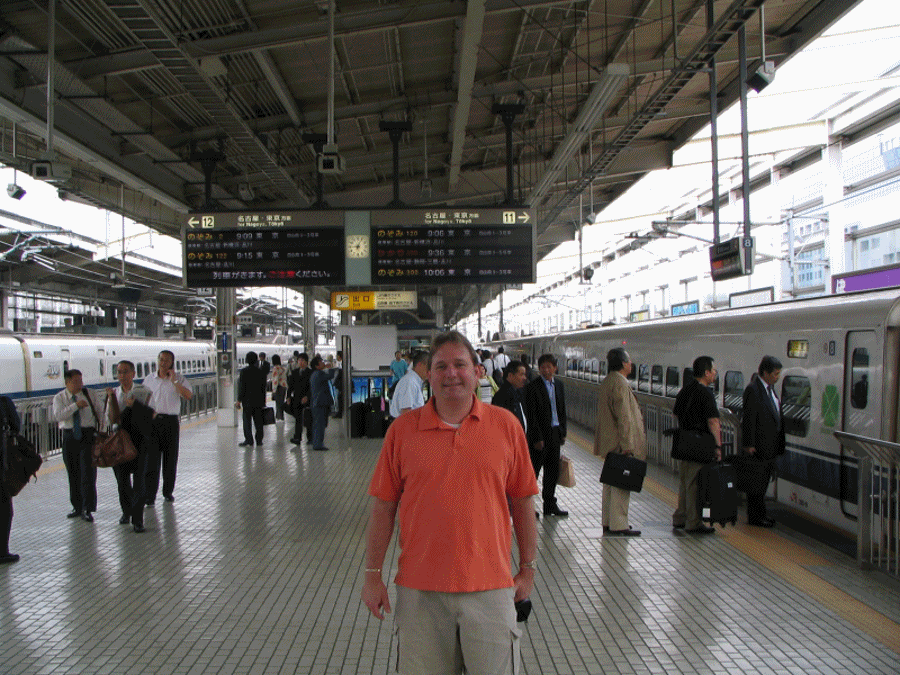
Nara and Mt. Fuji 2005
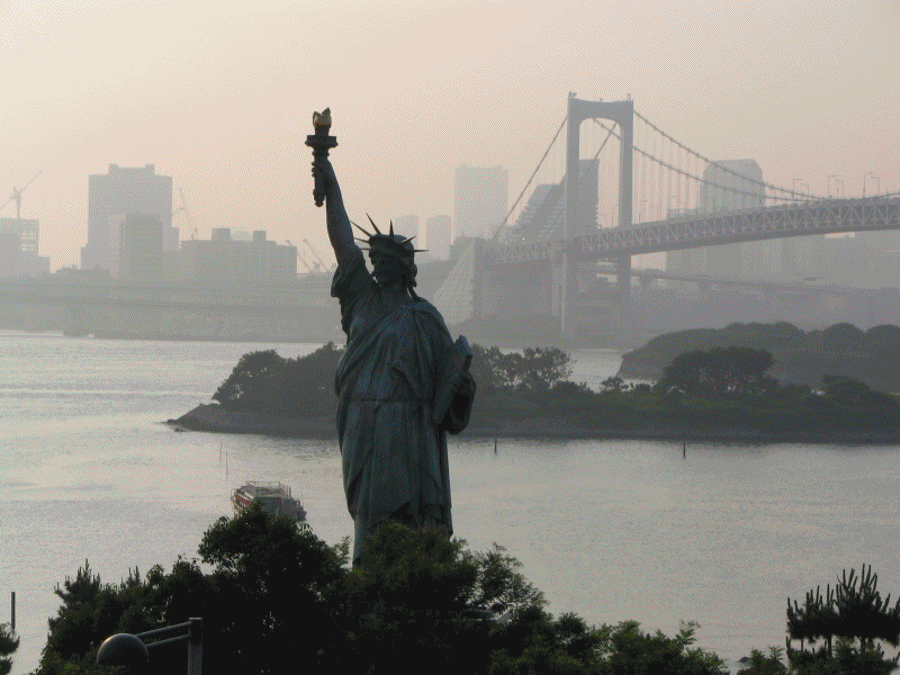
Tokyo 2005
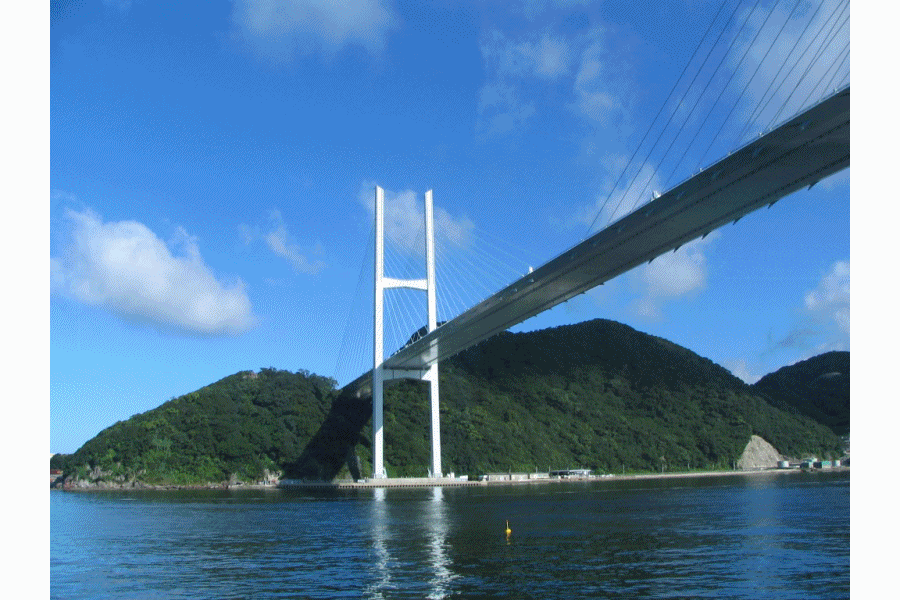
Nagasaki 2006
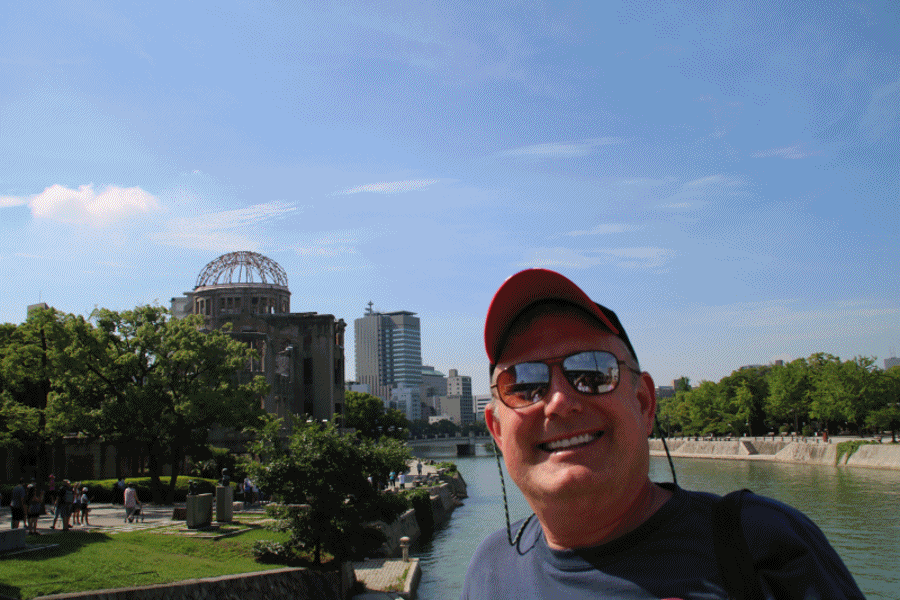
Hiroshima 2018
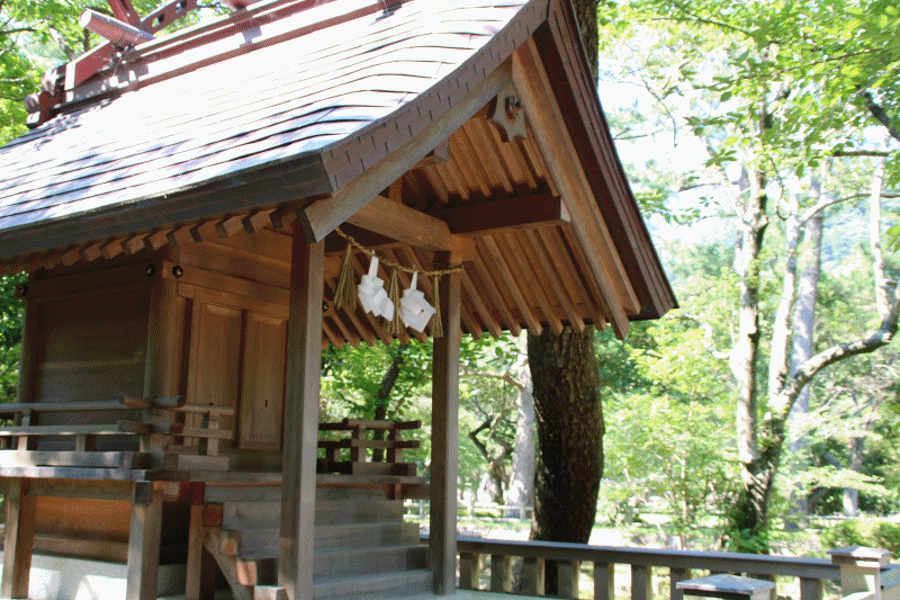
Sakaiminato & Matsue 2018
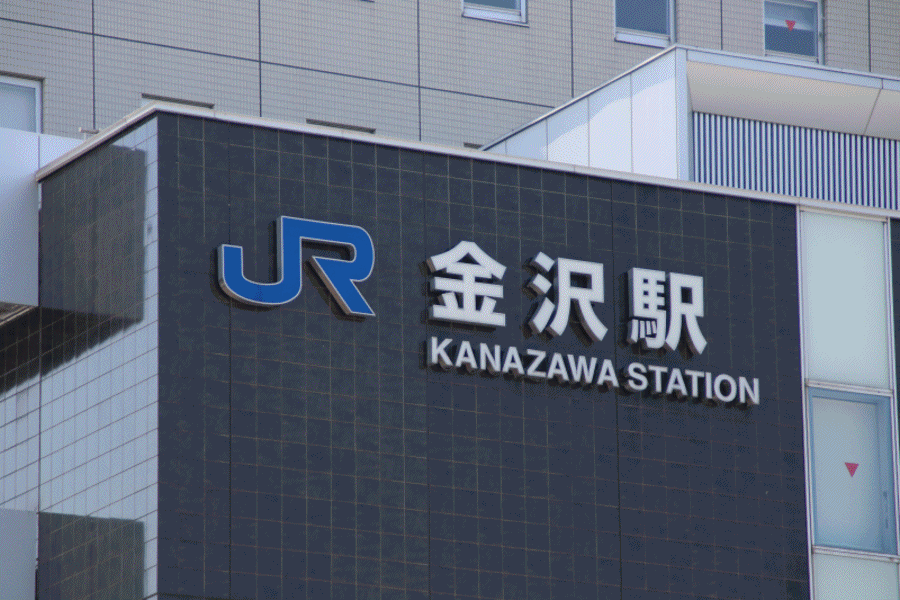
Kanazawa 2018
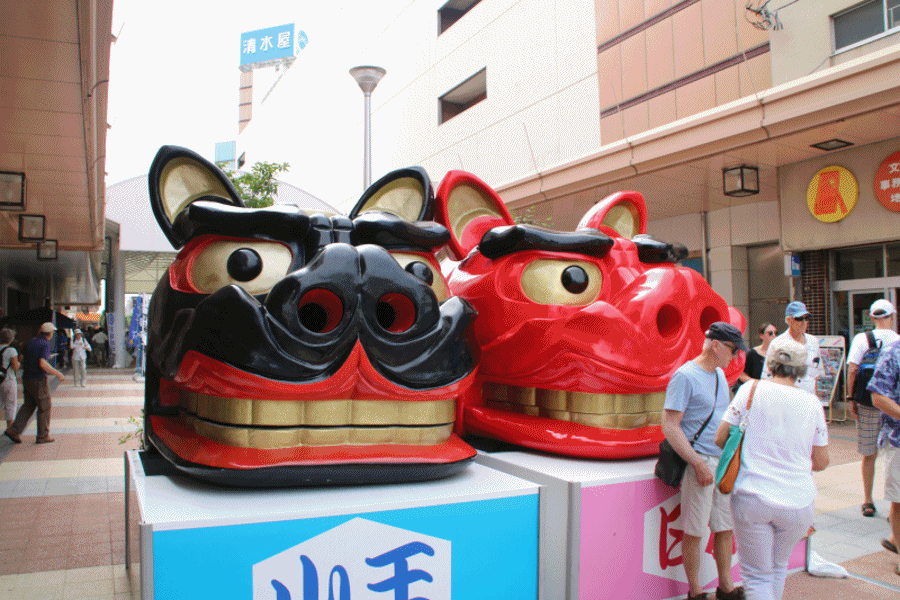
Sakata 2018
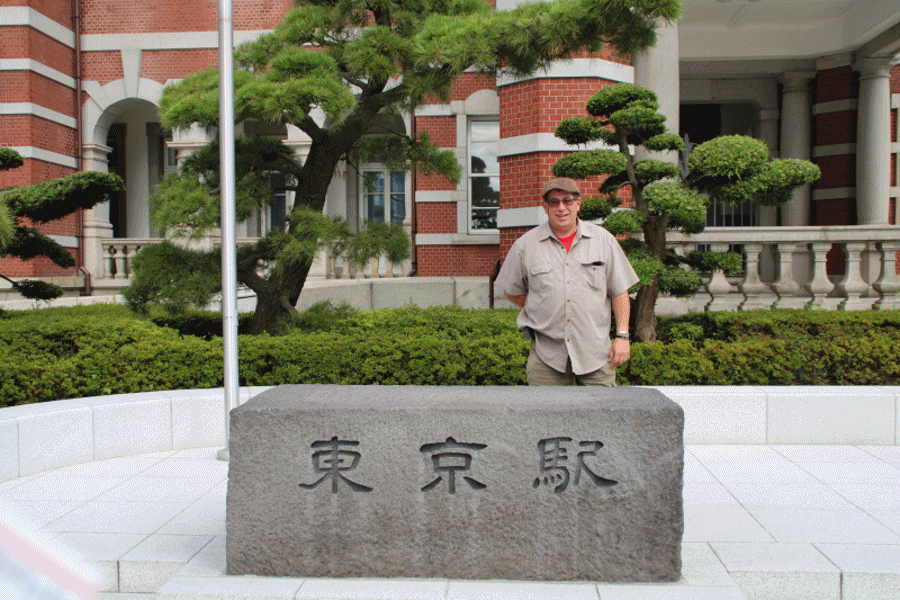
Tokyo 2018
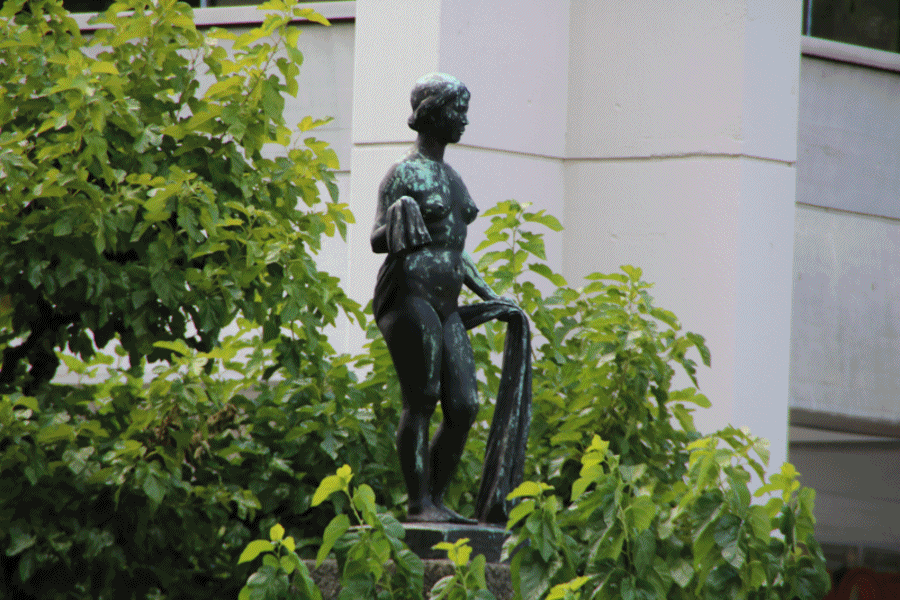
Yokohama 2018
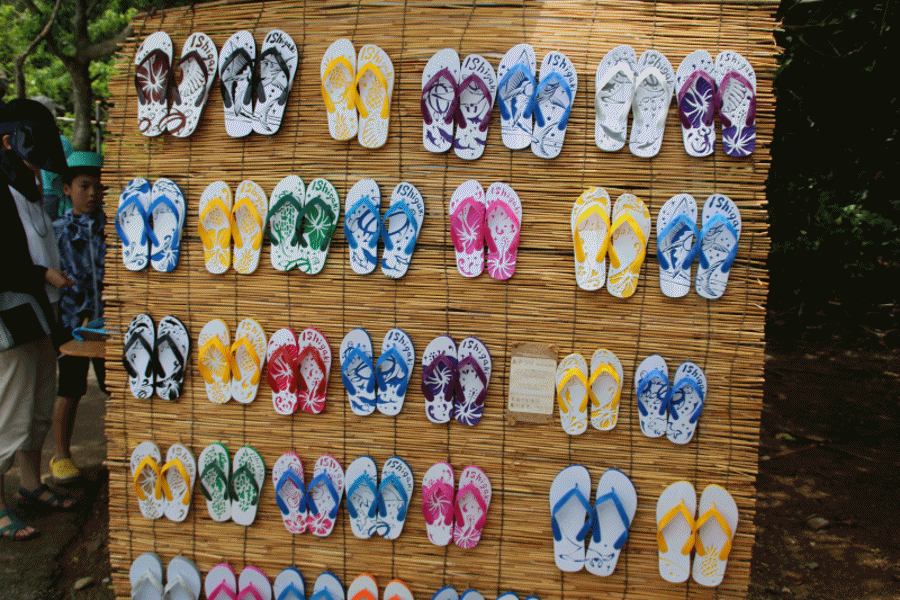
Ishigaki Island 2018


